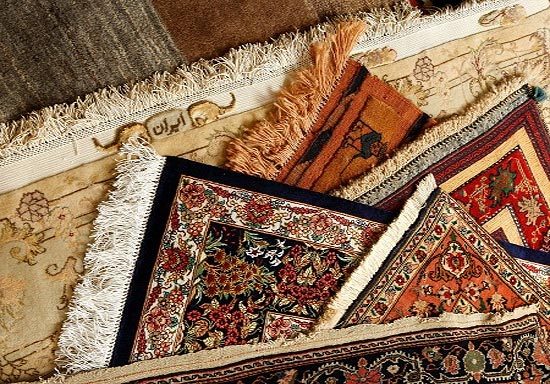Cleaning Tips for Different Types of Tile
Tile is a versatile and popular choice for flooring and walls, offering durability, aesthetic appeal, and easy maintenance. However, the cleaning requirements for different types of tile can vary depending on their composition and finish. In this guide, we’ll explore the best cleaning tips for different types of tile to keep them looking pristine and prolong their lifespan.
Ceramic Tile
Ceramic is one of the most common types of tile found in homes and commercial spaces. It is relatively easy to clean and maintain, requiring regular sweeping and mopping with a mild detergent solution. Avoid using abrasive cleaners or harsh chemicals that can damage the tile surface. For stubborn stains, a mixture of baking soda and water can be applied and gently scrubbed with a soft brush.
Porcelain Tile
Porcelain tile is known for its durability and water resistance, making ideal for bathrooms, kitchens, and outdoor areas. To clean porcelain tile, sweep or vacuum regularly to remove dirt and debris. For routine cleaning, use a neutral pH cleaner diluted in water. Avoid ammonia-based cleaners, as they can dull the tile finish over time. For tougher stains, a paste of baking soda and water can be applied and left to sit before scrubbing with a soft brush.
Natural Stone Tile
Natural stone tile, such as marble, granite, and travertine, requires special care to maintain its beauty and integrity. Avoid using acidic or abrasive cleaners that can etch or scratch the surface of the stone. Instead, opt for pH-neutral cleaners specifically formulated for natural stone. Sealing natural stone tile regularly can help protect it from staining and water damage.
Glass Tile
Glass tile adds a touch of elegance and sophistication to any space but requires gentle cleaning to avoid scratching the surface. Use a non-abrasive cleaner or a mixture of vinegar and water to remove dirt and grime from glass tile. Avoid using abrasive scrubbers or harsh chemicals that can damage the tile finish.
Quarry Tile
Quarry tile is a durable and slip-resistant option commonly used in high-traffic areas such as entryways and commercial kitchens. To clean quarry tile, sweep or vacuum regularly to emove dirt and debris. For routine cleaning, use a neutral pH cleaner diluted in water. Avoid using abrasive cleaners or harsh chemicals that can damage the tile surface.
Maintaining the beauty and longevity of your tile flooring and walls requires understanding of the unique cleaning requirements of each type of tile. By following these cleaning tips and using the appropriate cleaning products, you can keep your tile surfaces looking pristine and enhance the overall appearance of your space.





